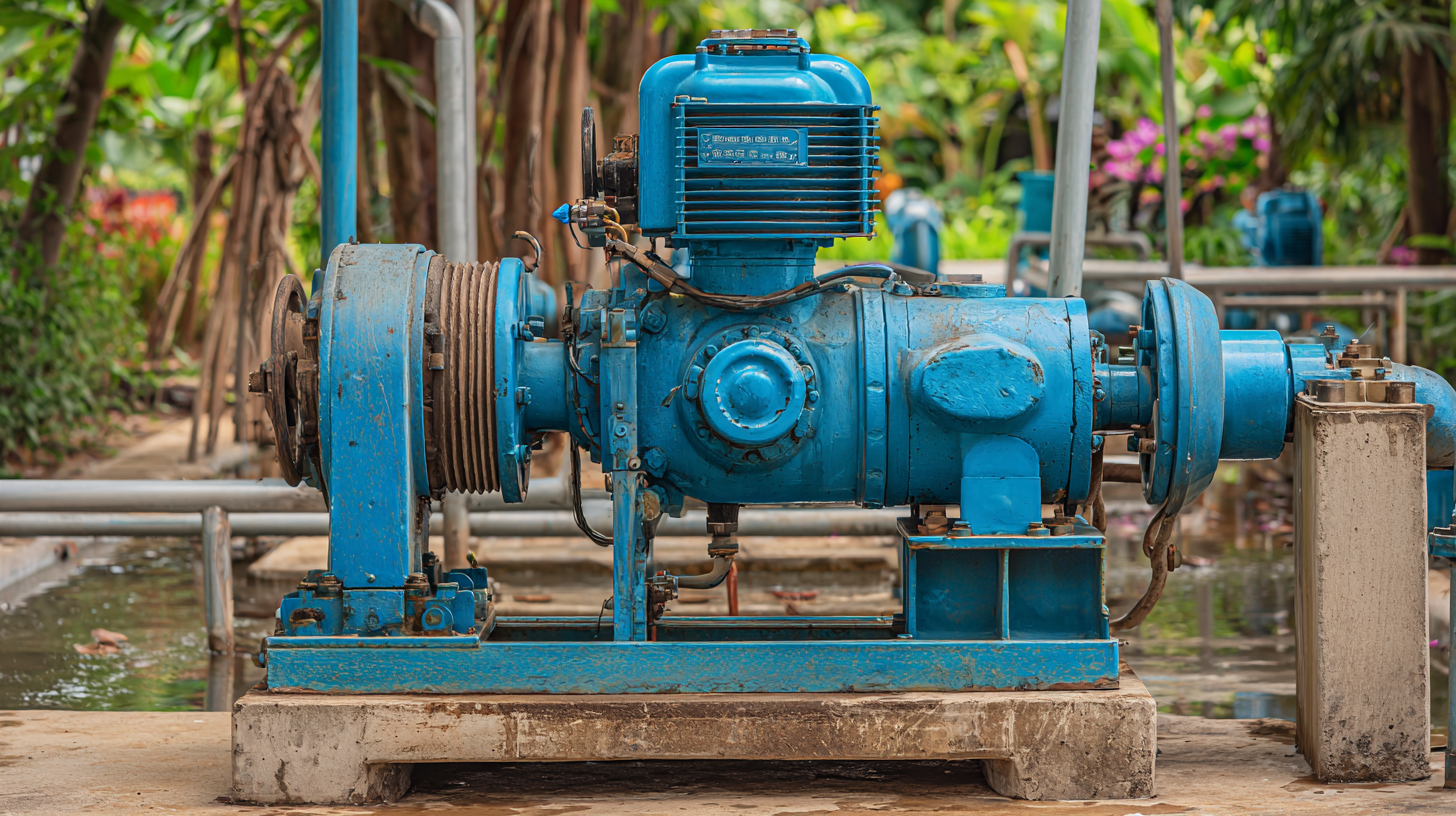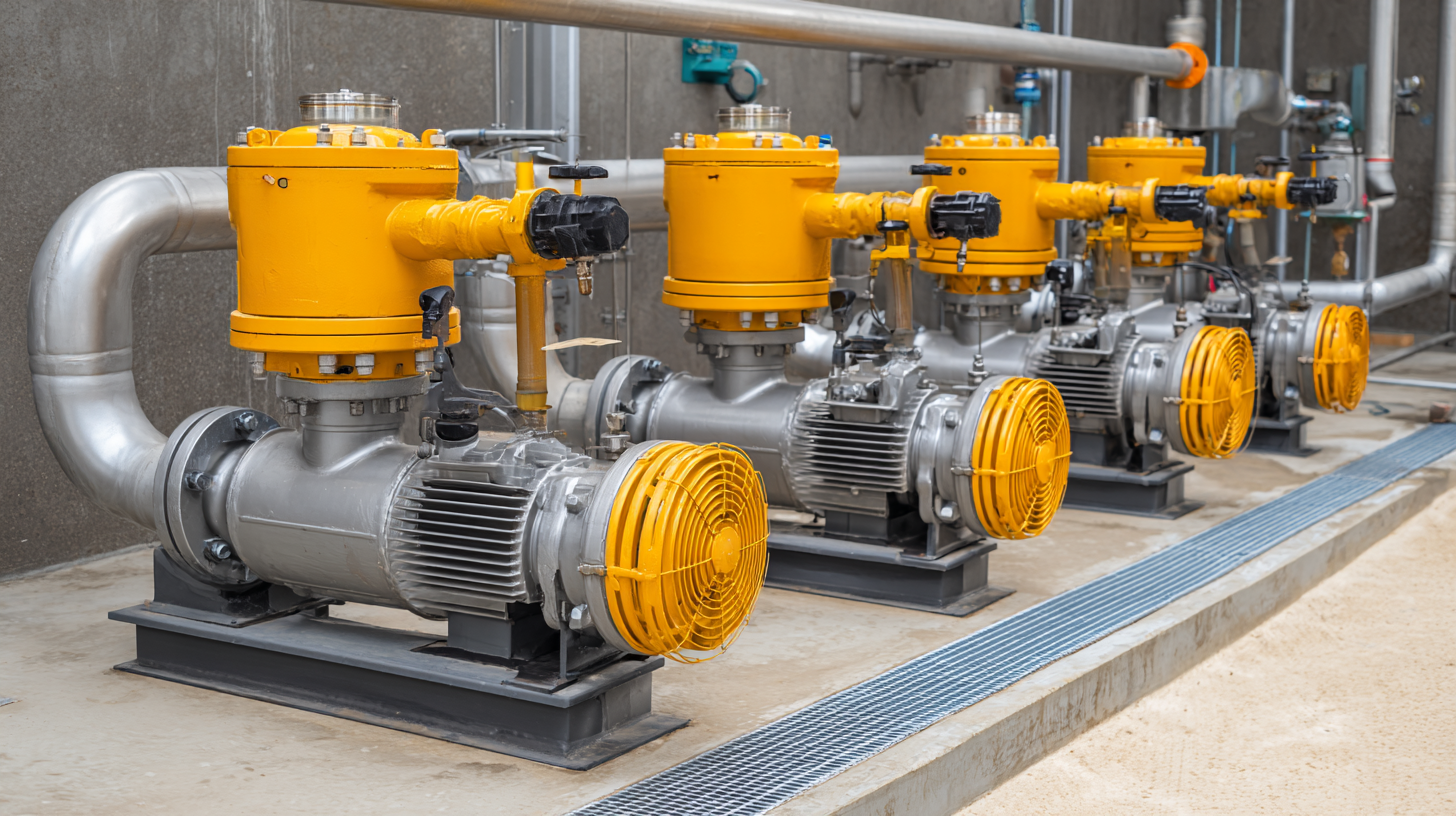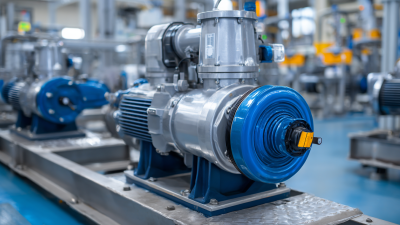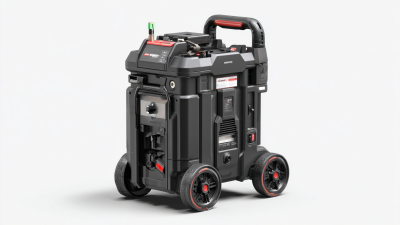Understanding the Importance of Transfer Pumps in Everyday Life: A Complete Guide
In our daily lives, the importance of transfer pumps often goes unnoticed, yet they play a pivotal role in various applications, from domestic settings to industrial environments. A transfer pump, specifically designed to move liquids from one location to another, is an essential tool that enhances efficiency and productivity. This complete guide will explore the multifaceted uses of transfer pumps, illustrating how they facilitate processes in agriculture, construction, and even household chores.
Understanding the significance of transfer pumps not only helps in recognizing their operational versatility but also empowers individuals and businesses to make informed choices about their selection and maintenance. Whether it’s moving water for irrigation, transferring fuel for equipment, or managing wastewater, a properly functioning transfer pump can save time, reduce labor costs, and prevent potential hazards associated with spillages or improper handling.

The Role of Transfer Pumps in Various Industries and Applications
Transfer pumps play a critical role in a variety of industries, serving as essential tools for fluid movement and transfer. The North America Utility Pump Market is projected to grow significantly, with an anticipated market size of USD 24.41 billion by 2033, highlighting the increasing reliance on these pumps across multiple sectors. The application of transfer pumps extends beyond mere fluid movement; they are integral in sectors such as agriculture, construction, and wastewater management, ensuring efficient operations and safety compliance.

In particular, the rising demand for accurate and contamination-free fluid transfer has led to advancements in pump technology, such as peristaltic pumps. These innovations are critical for industries that require precision in their operations. With the Mexican rotary positive displacement pumps market expected to rise from USD 651.2 million in 2024 to USD 1,046.3 million by 2033, it becomes clear that the influence and importance of transfer pumps are expanding. They not only enhance productivity but also provide energy-efficient solutions that benefit various applications across the industrial landscape.
How Transfer Pumps Contribute to Efficient Water Management
Transfer pumps play a crucial role in efficient water management, significantly impacting various sectors such as agriculture, construction, and municipal services. According to the Water Research Foundation, approximately 45% of water usage in urban areas is due to outdoor irrigation, highlighting the need for effective water transfer systems. These pumps facilitate the movement of water from one location to another, thereby optimizing resource usage and minimizing waste.
Moreover, in the agricultural sector, transfer pumps are essential for irrigation processes, which account for about 70% of global freshwater withdrawals, as reported by the Food and Agriculture Organization (FAO). Utilizing transfer pumps enhances the capacity to manage water supply, ensuring crops receive the necessary hydration without excessive resource expenditure. By utilizing advanced pump technologies, farmers can monitor and control water distribution efficiently, leading to increased crop yields and conservation of water resources. This level of efficiency not only supports sustainable agricultural practices but also contributes to overall water management goals in response to global water scarcity challenges.

Key Features to Look for When Choosing a Transfer Pump
When selecting a transfer pump, several key features should be taken into consideration to ensure optimal performance and durability. First and foremost, pump capacity is crucial; it should match the volume of fluid transfer required for your specific application. According to industry reports, pumps with higher flow rates can significantly reduce transfer times, making them ideal for both residential and industrial uses. Additionally, the material construction of the pump plays a vital role in its longevity. Pumps made from corrosion-resistant materials are better suited for transferring aggressive fluids, thus extending their lifespan and reducing maintenance costs.
Another important feature to evaluate is the pump's energy efficiency. Data shows that energy-efficient pumps can lower operating costs by up to 30% over time, which is particularly advantageous in long-term applications. Moreover, noise level and ease of installation are factors that shouldn't be overlooked. A quieter pump can contribute to a more pleasant working environment, while simplified installation processes can save time and labor costs. By focusing on these key features, consumers can make informed decisions that will ultimately lead to better performance and satisfaction with their transfer pump investment.
Understanding the Importance of Transfer Pumps in Everyday Life: A Complete Guide - Key Features to Look for When Choosing a Transfer Pump
| Feature | Importance | Recommended Specifications |
|---|---|---|
| Flow Rate | Determines how quickly the pump can transfer liquid | 10-20 GPM (Gallons Per Minute) for home use |
| Power Source | Affects where and how the pump can be used | Electric or gas powered options |
| Material | Influences durability and compatibility with liquids | Stainless steel or reinforced thermoplastic |
| Port Size | Determines compatibility with hoses and fittings | 1 inch for most household applications |
| Self-Priming Capability | Allows pump to start without manual priming | Essential for non-professional users |
| Weight | Affects portability and ease of use | Lightweight models under 20 lbs for easy transport |
Maintaining and Troubleshooting Transfer Pumps for Optimal Performance
Transfer pumps play a pivotal role in various industries and everyday applications, facilitating the movement of fluids efficiently. However, maintaining and troubleshooting these pumps is crucial for ensuring optimal performance and longevity. According to a report by the Hydraulic Institute, regular maintenance can increase pump efficiency by up to 20%, saving both time and resources. Proper lubrication, gasket checks, and routine inspections are vital steps in preventing operational failures and prolonging the life of transfer pumps.
When issues arise, identifying them quickly is essential. Common problems include cavitation, which can lead to severe damage if left unchecked, and seal failures, which can compromise pump integrity. The American Society of Mechanical Engineers (ASME) emphasizes the importance of adhering to specific troubleshooting guidelines to minimize downtime. Implementing strategies like regular system audits and performance monitoring can help operators detect early signs of malfunction. Ensuring that these pumps function correctly not only enhances performance but also minimizes environmental impact, aligning with sustainable practices in fluid management.
Understanding the Importance of Transfer Pumps in Everyday Life
This chart visualizes the various applications of transfer pumps and their corresponding usage percentages in daily life.
The Future of Transfer Pump Technology and Sustainability in Everyday Use
The future of transfer pump technology is poised for significant advancements driven by the integration of the Internet of Things (IoT), 5G connectivity, and data accessibility. As these technologies evolve, they will revolutionize how transfer pumps operate, offering enhanced efficiency and precision. This transformation aligns with the broader trend towards smart cities, where advanced infrastructure and connected devices play a crucial role in urban sustainability. By leveraging real-time data, transfer pumps can optimize their performance, reduce energy consumption, and minimize waste, thereby contributing to more sustainable everyday practices.
Furthermore, as sustainability becomes increasingly vital in industrial applications, transfer pumps will also need to adapt to stricter environmental regulations and consumer expectations. Innovations such as hydrogen-powered systems and eco-friendly materials are emerging as part of this wave of change, aiming to lower carbon footprints while maintaining reliability and functionality. The evolution of transfer pump technology is not only critical for improving operational efficiencies but also essential for fostering environmentally conscious solutions in various sectors, ensuring that they meet the demands of a sustainable future.
Related Posts
-

Unlocking Efficiency: The Ultimate Guide to Choosing the Right Chemical Pump for Your Industrial Needs
-

Exploring the Benefits of Food Pumps for Efficient Culinary Experiences
-

The Future of Battery Pumps Revolutionizing Efficiency in Power Tools
-

Understanding the Benefits of Motor Driven Diaphragm Pumps in Industrial Applications
-

Understanding the Benefits of a Food Pump for Home Cooking Efficiency
-

Understanding the Essential Role of Lab Pumps in Modern Scientific Research
